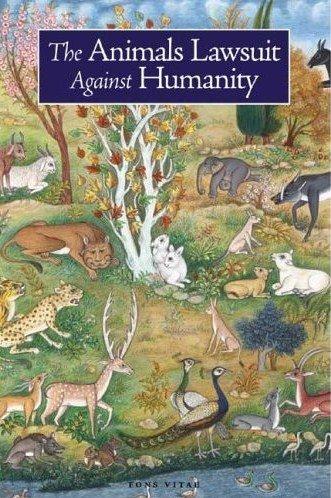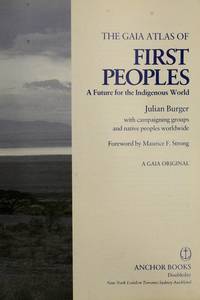 The Animal's Lawsuit against Humanity Translated by Rabbis Anson Laytner and Dan Bridie
The Animal's Lawsuit against Humanity Translated by Rabbis Anson Laytner and Dan Bridie
A thousand-year-old fable that has startling modern relevance ; a translation by two rabbis, illustrated by one Moslem and introduced by another; edited by a Christian; this book must surely be of avid interest in today's world.
The scenario can be briefly outlined. A meeting of animals of many different species, including birds and insects, decides to arraign human beings for exploiting and abusing them, The trial is to be held at the court of the King of the Spirits.
It is believed that the story originated in India but was first written down in Arabic about 1000 A,D. It was then translated into Hebrew, followed by Latin. Yiddish, German and Spanish. This English translation is an adaptation of the Hebrew version.
The book is divided into Gates instead of Chapters. Firstly, how we enslaved them and how they brought the case before the king. Then the king consults his wise men, After this, the animals and the humans each hold separate and secret meetings. The court then sits and hears the case of each side. Finally the king passes judgement.
Though couched in religious metaphor, it bore a social message. The birds had won but if the humans changed their ways and served the animals who, in turn, would serve them, they would be forgiven . But woe to the humans if they did not heed the king's warnings.
At a time of heightened awareness of the impact of human activity on our natural surroundings and the continuing conflict in Israel/Palestine, this book and its production team are of remarkable relevance.

